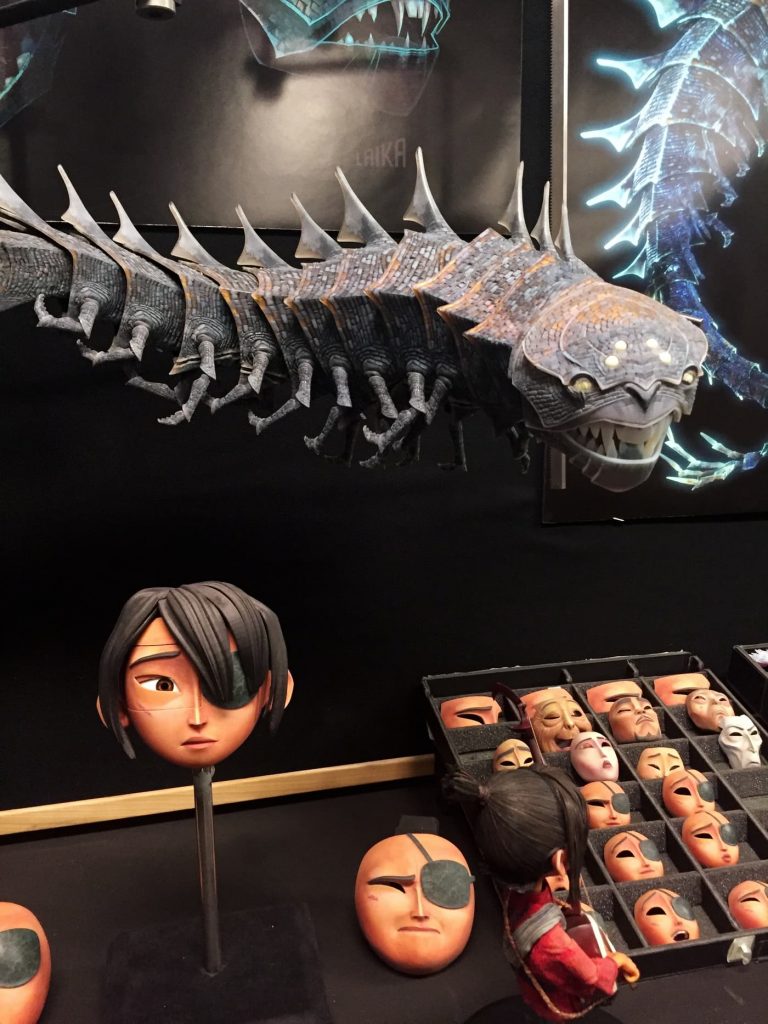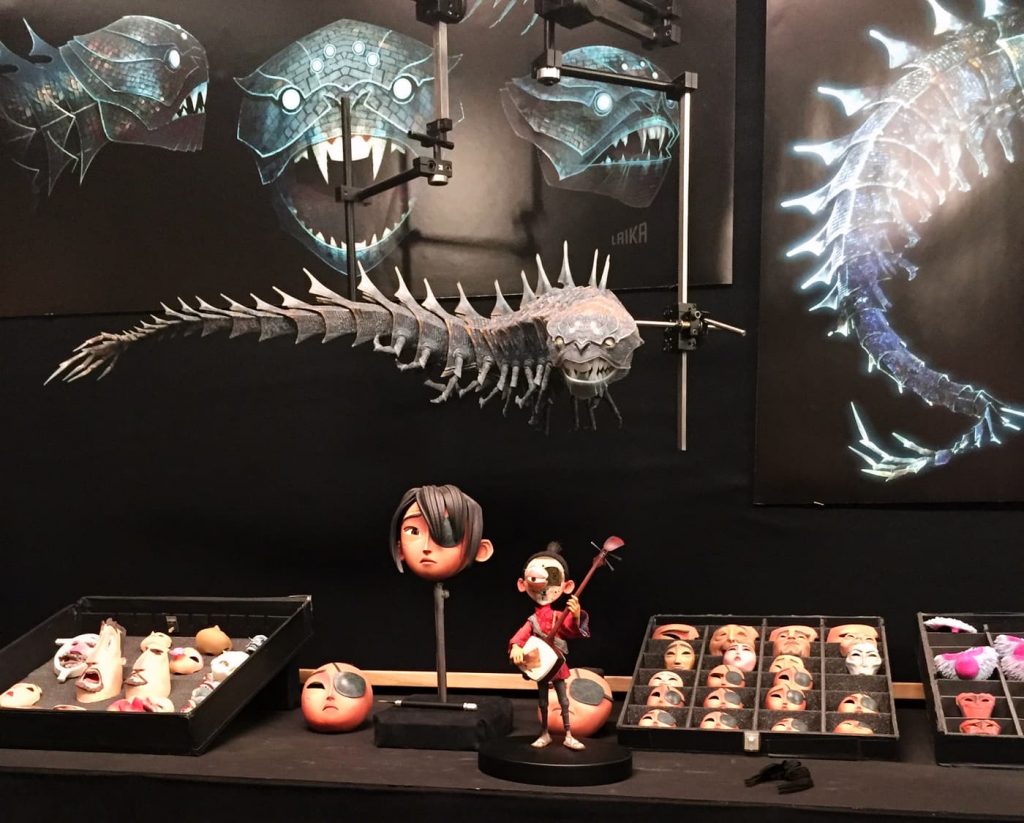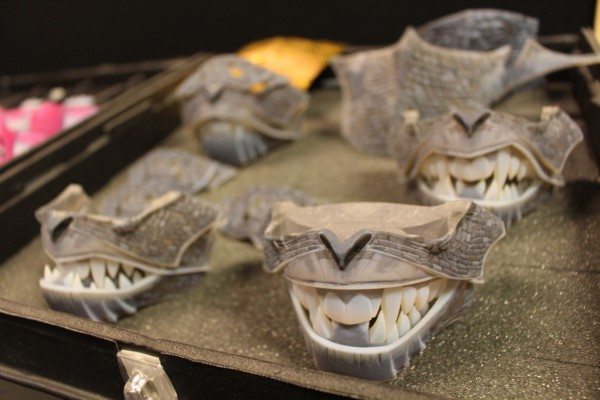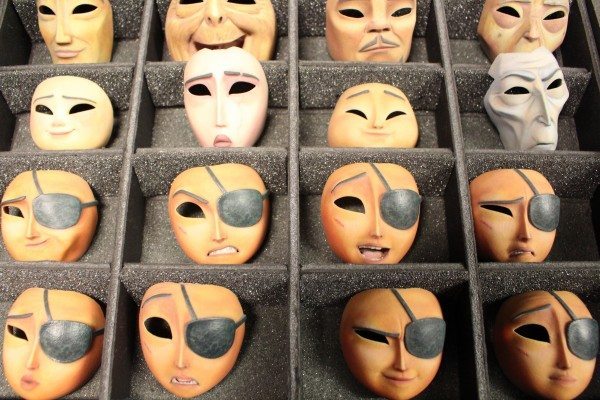LAIKA, the studio behind films such as The Boxtrolls, Coraline and Paranorman are releasing their newest stop-motion animated film next week, Kubo and the Two Strings. If you aren’t familiar, stop-motion animation involves creating real world objects and puppets and slowly moving them in between individually photographed frames, giving them the illusion of movement. I once made a 20 second stop motion film while I was at university, and it took hours just to shoot (and was also just… terrible). The production of Kubo and the Two Strings took LAIKA an incredible 94 weeks to complete, and is (of course) far superior to my own pathetic attempt.
This visually amazing film was achieved through the ingenuity and creativity of all the different film’s departments coming together, but a partnership with 3D printing company Stratasys is what helped bring the characters to life. After sourcing one of their printers as the best for what they needed, LAIKA approached Stratasys to develop software that was bit more robust for the needs of Kubo. The Moon Beast is the first fully 3D-printed puppet that LAIKA has ever created. Comprised of a series of 3D-printed shells that bolt over a centralized gooseneck armature, the Moon Beast was a unique undertaking on the part of LAIKA’s Rapid Prototyping department. Ordinarily they look after just the faces and heads of the characters, while the puppet department handles the rest. For the Moon Beast, though, separating the body from the head wasn’t really an option.

“There was no clear delineation between the head and the body,” Director of Rapid Prototyping Brian McLean explained. “He had a very similar scale pattern across his entire body.”
The Moon Beast is made up of a total of 130 individual 3D printed pieces. Though the final look of the Moon Beast is achieved with some complementary VFX work, a lot of it comes down to the 3D printing technique itself — a technique that LAIKA changed dramatically for Kubo.
“For the first time, we could actually print translucency with color,” says McLean.
LAIKA’s unique approach to 3D printing for replacement animation earned them a Scientific and Technical Oscar, and have been using that approach since Coraline.
“We realized that we had really pushed the performance of a stop motion character into a whole new realm,” McLean said of the work on Coraline, “something that was never achievable before, but the technique of having to hand-paint each individual face was pretty laborious and time-consuming. So between Coraline and our next film, ParaNorman, we tried to build off of what we had sort of pioneered and we worked towards using a different type of printer, which was a color 3D printer.”
The complexity of the character design and the sheer scale of production for Kubo meant the collaboration with Stratasys was key.
“…We embarked on a collaboration together and it meant that during the course of the production of Kubo, we were producing plastic color 3D printed part that literally no one else in the world had the technical capabilities of doing.” said McLean.

Aside from the amazing technical achievements with the Moon Beast, the 70 person rapid prototyping team also printed character faces in two main sections (the brow section and the mouth section). In addition, they also printed all of the elements that go inside of a character’s head (not the brains guys, think eyeballs, eyelids, ears). This allowed the animators to use pieces to create more combinations and make characters more expressive. The more moving parts a character has, the easier it is for them to become more sophisticated in their performance on screen, and the more facial expressions it is able to articulate.
In 2009, Coraline (the character) had 207,000 possible facial expressions. Norman, from 2012’s ParaNorman had 1.4 million possible expressions. Kubo has over 48 million possible facial expressions, while Monkey has 30 million and Beetle has 13 million, making this film LAIKA’s most ambitious project to date.



Kubo and the Two Strings is in American cinemas on the 19th of August and stars Charlize Theron, Matthew McConaughey and Art Parkinson as Kubo.


